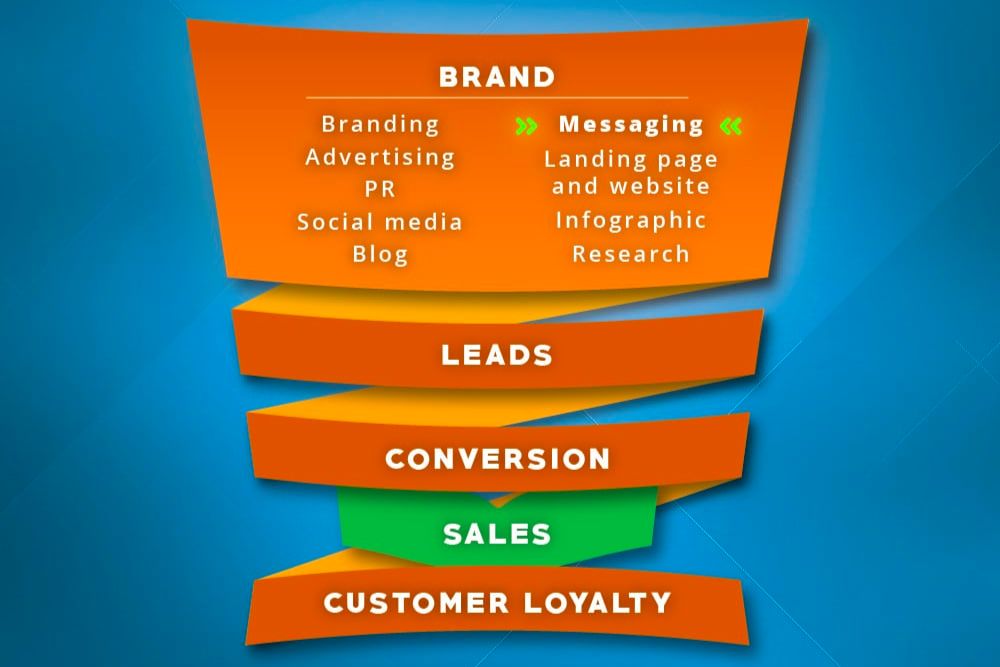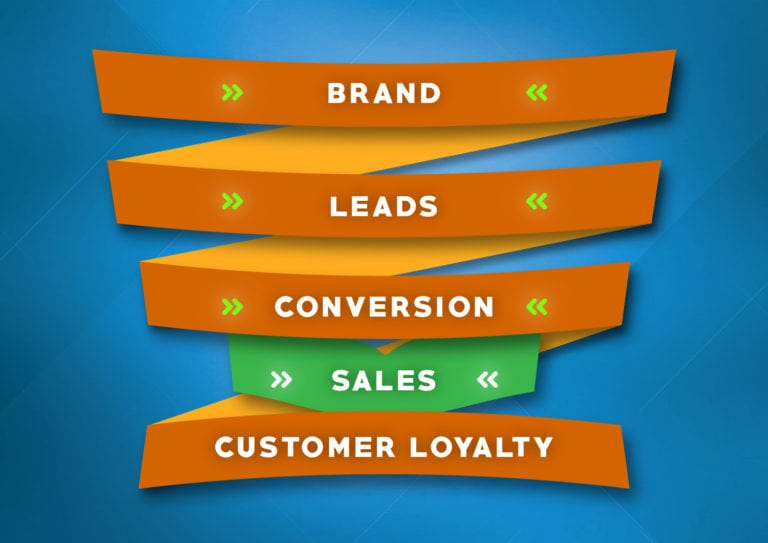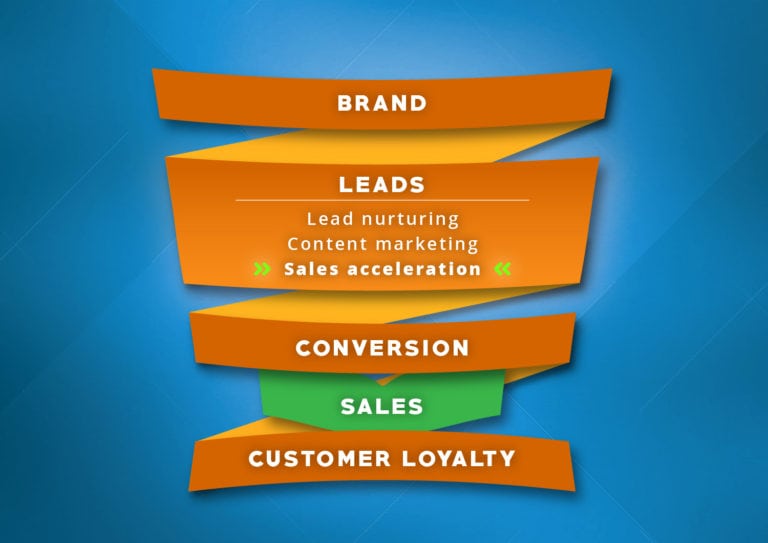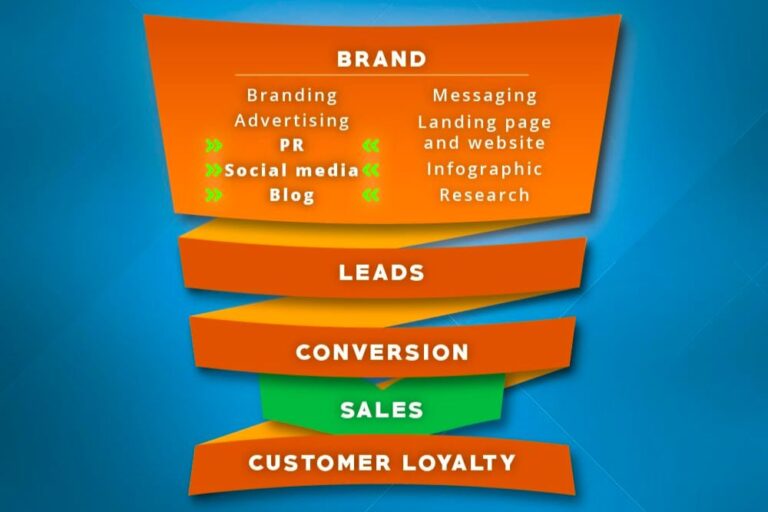Branding and messaging come right at the top of the familiar sales funnel that attracts potential customers and converts them into sales. Yet this is an area in which many healthcare IT companies struggle.
Last year, I stopped being the marketing manager for a healthcare IT supplier, and moved over to the agency side. Attending health IT exhibitions in this new role turned out to be an eye-opening experience.
For the first time, I was attending shows as a delegate, and what I soon realised was that the majority of company messages, stands, handouts and even case studies left me clueless as to what a supplier actually does.
All are leaders (surely this isn’t possible?), and all are innovative. All are driving efficiency and productivity, giving access to patient information, and acting as enablers for accountable (I mean integrated) care. How are our audiences supposed to identify a supplier that will help them?
The messaging challenge
Branding and messaging are key challenges for any company. They come right at the top of the familiar sales funnel (or the more modern sales bow-tie); the process of attracting and nurturing leads and converting them into sales (and then repeat customers and brand ambassadors).
So how did so many healthcare tech companies get to where they are now? Speaking as that former marketing manager, I think one reason is the changing nature of the healthcare IT market.
For example, a company has developed a much-needed solution for a segment of users in healthcare. It does a very specific job for those users, and so marketing messages can be precise.
However, market sounding exercises have shown that the technology could solve multiple problems. Business owners then want to explain their solution in broader terms, which can mean their messages become very generic.
The temptation is to try and spice up these messages with ‘exciting’ words – but we have stopped telling people what we do specifically and we have stopped writing copy which talks to our audience.
Where do we go from here?
To successfully market and promote products and services to the NHS today, we need to tell people what we do and talk to them in ways they understand. If we are going to capture their awareness and interest, and so draw them into the sales funnel, we need to show clearly how we understand and can solve their problems.
If you haven’t spent the time to create this, with your audience in mind, you are likely to struggle to see the results of your marketing and sales efforts in your pipeline. Highland Marketing is often asked to advise on messaging: and we always encourage companies to run messaging workshops before they embark on a programme of PR or marketing work.
But here are a few things to bear in mind:
Understand your target audience
- For each of your customer segments, identify your target user groups. These can include clinical, IT, financial and even patient stakeholders.
- Create specific messages for each target user group, rather than bundling them together. These messages should show that you understand their pain points, the ‘jobs they have to get done’, and what gains they would like to see.
- Do not try to resolve every pain or include every gain creation desire – just those that are most relevant to your area.
- Relate your products and services to show how you deliver gains and resolve pains, and so create value.
- Review the outputs at a messaging workshop, so you can craft the most important messages into a highly relevant product or service offer.
Be specific
- Don’t worry about being pigeon-holed. In fact, celebrate your niche and specialty. In the current sea of marketing, this will be your ticket to achieving differentiation.
- Use active, not passive language. Use common words, not bland, or descriptive language.
- Always remember that you are communicating with people. How would you talk in a meeting? To that colleague in the pub? On WhatsApp or a social network? These are short conversations, so adopt the same kind of thinking.
Know what messaging to use and when
- Think of the decision-making process that people go through when choosing your type of product. People first need to know what you do to decide if you’re relevant to them. Then they will want to know more about how you help them, and finally when they come to having to choose a supplier to partner with, they will want to establish that your values, mission and ethics align with theirs.
- Many marketing channels, such as exhibitions, don’t give you the luxury of being able to explain your vision for tech-enabled healthcare. So, for exhibitions, at the very least you must use messages which tell delegates what you will do for them. Help them to decide at first glance that you’re relevant to them.
Test and iterate
- As a standard, test and refine your new message with relevant customers but also see how it would stand out on an exhibition. Try viewing the health IT exhibition world through the eyes of a delegate. Will a delegate be able to identify you, amongst all other suppliers, as a business that is relevant to their needs?
- Be prepared to revise your messaging at regular intervals, and adapt for specific events.
In short, my advice now is: be specific; avoid generic descriptive jargon; and tell your target audience what you can do for them. The next challenge in the funnel is to raise awareness of that. Which is the subject of my next blog…
Branding, messaging and Highland Marketing
Branding and messaging help with the top of the sales funnel. The next step is raising awareness. Keep an eye on our blog for more tips on how PR, messaging and communications can help with sales funnel challenges. And, in the meantime, if you want to contact me then email Beckym@highland-marketing.com






